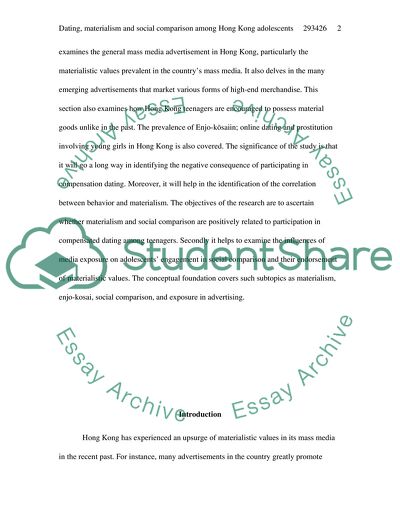Cite this document
(Compensating Dating, Materialism and Social Comparison among Hong Kong Research Paper, n.d.)
Compensating Dating, Materialism and Social Comparison among Hong Kong Research Paper. Retrieved from https://studentshare.org/marketing/1723305-compensating-dating-materialism-and-social-comparison-among-hong-kong-adolescents
Compensating Dating, Materialism and Social Comparison among Hong Kong Research Paper. Retrieved from https://studentshare.org/marketing/1723305-compensating-dating-materialism-and-social-comparison-among-hong-kong-adolescents
(Compensating Dating, Materialism and Social Comparison Among Hong Kong Research Paper)
Compensating Dating, Materialism and Social Comparison Among Hong Kong Research Paper. https://studentshare.org/marketing/1723305-compensating-dating-materialism-and-social-comparison-among-hong-kong-adolescents.
Compensating Dating, Materialism and Social Comparison Among Hong Kong Research Paper. https://studentshare.org/marketing/1723305-compensating-dating-materialism-and-social-comparison-among-hong-kong-adolescents.
“Compensating Dating, Materialism and Social Comparison Among Hong Kong Research Paper”, n.d. https://studentshare.org/marketing/1723305-compensating-dating-materialism-and-social-comparison-among-hong-kong-adolescents.


